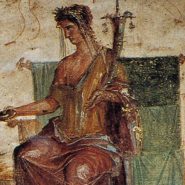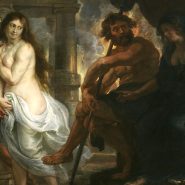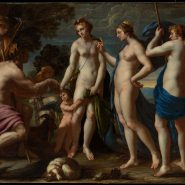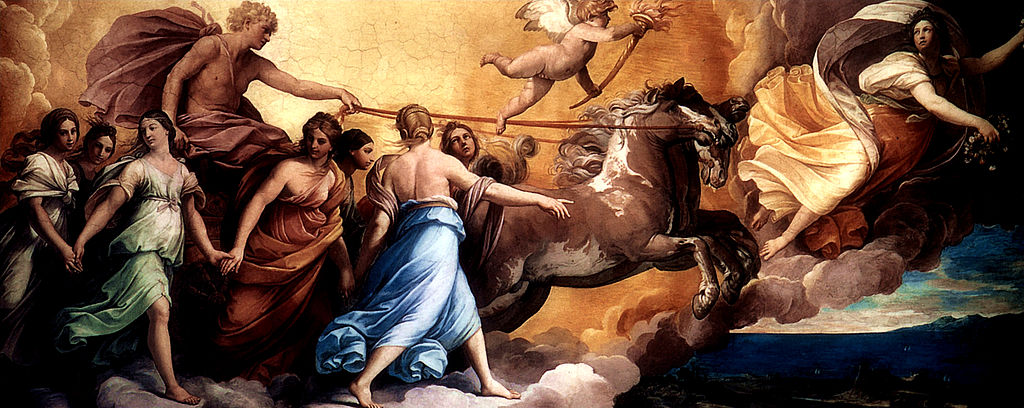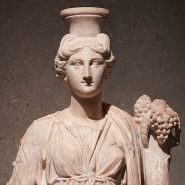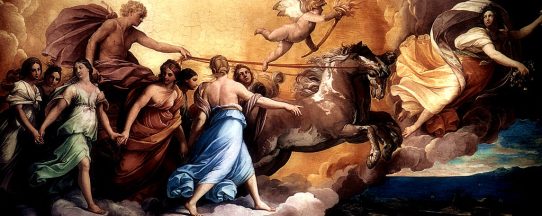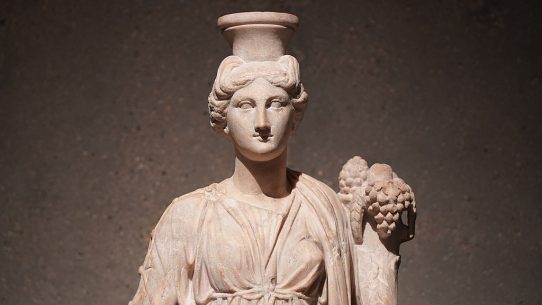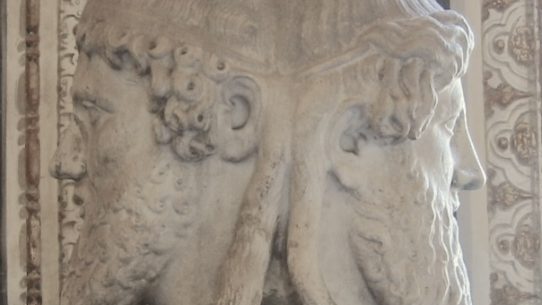Aurora, the radiant goddess of the dawn, symbolized the renewal of each day and the eternal cycle of life and light. She was the bringer of morning, whose rosy fingers opened the gates of heaven to welcome the chariot of the sun. To the Romans, Aurora was both a natural and divine force, a personification of the transition from darkness to day — hope’s first light after the night’s uncertainty.
Origins and Mythological Background
Aurora’s name comes directly from the Latin word for “dawn.” She was the Roman counterpart of the Greek goddess Eos, and like her, she was described as eternally young and beautiful, forever renewing herself each morning. According to myth, Aurora was the sister of Sol, the sun god, and Luna, the moon goddess. Together they formed the celestial triad that ruled the daily rhythm of the heavens.
Aurora’s appearance each morning heralded her brother’s arrival as she flew across the sky in her chariot, scattering dew and painting the clouds with pink and gold. The poet Ovid described her in Metamorphoses as “light-bringing Aurora, opening the crimson doors and filling heaven with roses.”
Though she was a gentle goddess, Aurora’s myth carried undertones of longing and loss. Her love affairs — often tragic — reflected her eternal nature and the fleeting beauty of those she loved.
Myths of Love and Loss
Aurora was famed for her many mortal lovers, a sign of her insatiable vitality and her yearning for companionship despite her immortality. The most famous of these tales concerns Tithonus, a handsome prince of Troy. Captivated by his beauty, Aurora asked Jupiter to grant him eternal life so they could be together forever. Yet she forgot to ask for eternal youth. As the centuries passed, Tithonus aged endlessly — growing frail and shriveled until Aurora, unable to bear his suffering, transformed him into a cicada, whose endless song became a symbol of undying but painful love.
Other myths tell of her affection for Cephalus, a mortal hunter who resisted her advances out of loyalty to his wife, Procris. Aurora’s pursuit of Cephalus and her jealousy over his fidelity would lead to misunderstanding and tragedy — themes that echoed the goddess’s role as both a bringer of light and an omen of fragile love.
Symbols and Depictions
In Roman art, Aurora was portrayed as a graceful maiden with wings of light, driving a chariot across the sky ahead of the sun. Her robes were often tinged with rose and saffron, reflecting the warm hues of morning. She was sometimes shown scattering flowers or dew from her hands, renewing the earth with each touch.
The rosy fingers of dawn, immortalized by poets from Homer to Virgil, became her enduring emblem. These poetic images personified the beauty of natural light as divine affection — the caress of Aurora waking the world from sleep.
Worship and Cultural Significance
Although Aurora never had a large, organized cult like Jupiter or Venus, she was honored indirectly through daily ritual and poetic devotion. Farmers, sailors, and travelers invoked her at first light, associating her with new beginnings and safe journeys. Her power was more spiritual than civic: she embodied renewal, inspiration, and the certainty that every night ends in light.
In literature, Aurora’s presence marked scenes of awakening and revelation. Poets from Ovid to Virgil used her image to signify transition — from darkness to enlightenment, sorrow to joy, or ignorance to understanding. She stood for the eternal promise of rebirth, making her one of the most enduring symbols of Roman spiritual imagination.
Aurora in Art and Legacy
Aurora’s image flourished in Roman frescoes, mosaics, and later in Renaissance and Baroque art. Artists such as Guido Reni and François Boucher captured her luminous grace, driving her chariot amid clouds tinged with rose and gold. In these depictions, Aurora was not only the morning personified but a vision of divine beauty, purity, and hope.
Her name continues to inspire — from the aurora borealis, the “northern lights,” to modern poetic and literary imagery. The Romans saw in her not merely the dawn itself, but the eternal renewal of the spirit: proof that light always returns after shadow.
